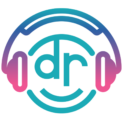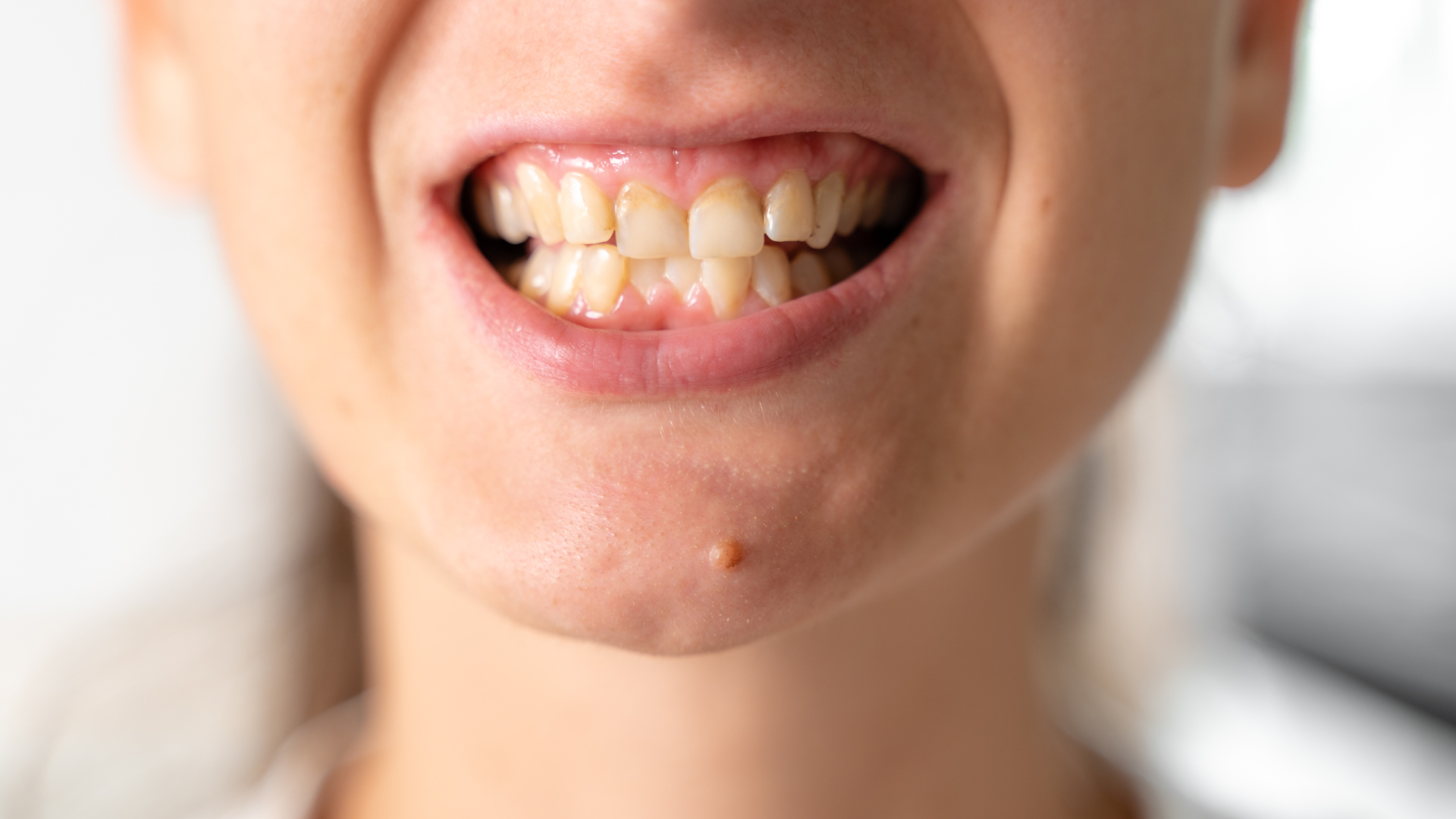
Introduction - Noticing Facial Asymmetry
Facial asymmetry in children can be minimal, staying undetected for years until certain indicators become more apparent. Parents may notice uneven features, such as a tilted smile or one side of the jaw being more prominent than the other. While mild asymmetries may be natural and harmless, more apparent differences can indicate underlying dental or skeletal disorders that might need orthodontic treatment. Addressing these difficulties early is critical for promoting healthy facial development and overall dental health.
One of the most common dental asymmetries seen in children is a crossbite of the jaw on only one side of the mouth resulting in a lateral shift of the jaw to one side. Sometimes this can be hard to notice, but this should always be evaluated by an Orthodontist as soon as possible.
Are you in the New Haven/Shoreline area and have questions about your child’s facial asymmetry?
A free consultation with Dobie Revolution Orthodontics is always available.
Understanding Facial Asymmetry
Facial asymmetry is defined as unevenness or imbalance in the anatomy and appearance of the face. Understanding the reasons and consequences helps to determine the best course of action.
Definition and Common Causes
Facial asymmetry occurs when the features on one side of the face are different in size, shape, or position from the other. Common causes include:
- Constriction of the upper jaw causing a posterior crossbite and functional shift of the jaw.
- Genetic factors that influence jaw or bone structure.
- Trauma or injury during early childhood.
- Habits such as thumb-sucking or prolonged pacifier use.
- Conditions like temporomandibular joint (TMJ) disorders.
These factors can influence how the facial bones and soft tissues develop over time, resulting in noticeable variances.
Impact on Dental Development
Facial asymmetry can have a substantial impact on dental health, since tooth and jaw alignment are major portions of maintaining facial balance. Asymmetry can lead to the following:
- Continued uneven growth of the jaws worsening with age.
- Misaligned bites (malocclusion), including overbites, underbites and crossbites.
- Uneven tooth wear, increasing the risk of cavities, tooth damage and gum disease.
- Difficulty chewing or speaking properly.
Understanding these consequences emphasizes the significance of timely orthodontic examination and treatment.
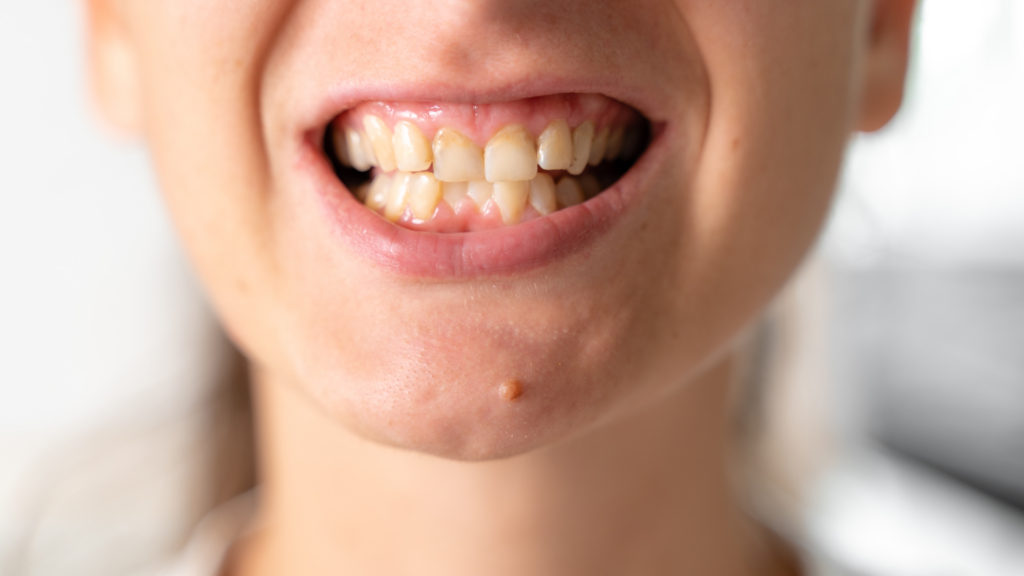
Signs That Suggest the Need for Orthodontic Intervention
Detecting early indicators of facial asymmetry allows parents and Orthodontists to take preventive measures. Identifying these indicators allows for starting the appropriate treatment at an early age.
Identifying Asymmetry in Children
Parents should look for indications that could indicate facial asymmetry, such as:
- Uneven jaw movement which occurs when a child opens or closes their mouth.
- A distinct tilt or shift in the facial features on one side of the face.
- Teeth that do not align properly with the mouth closed (crossbites/underbites).
Regular dental check-ups can also help spot these symptoms early, even if they are not immediately visible.
From Asymmetry to Orthodontic Consultation
If facial asymmetry is noticed, the following step is an orthodontic evaluation as soon as possible. During the evaluation, the Orthodontist will:
- Use X-rays and pictures to evaluate the face and dental structures.
- Determine if the asymmetry is caused by oral problems, skeletal imbalances, or both.
- Recommend a treatment plan that is specific to the child's needs.
An early consultation ensures that underlying issues are treated before they can worsen.
Orthodontic Solutions for Facial Asymmetry
Orthodontics provides a variety of techniques to rectify facial asymmetry and enhance tooth alignment. These treatments seek to restore balance and functionality.
Corrective Devices
Devices, such as palatal expanders, are effective at widening the upper jaw which corrects posterior crossbites and more importantly stops the lower jaw from deviating to one side. This allows for both sides of the jaw to grow in harmony rather than asymmetrically.
In cases where the lower jaw is growing into an underbite, a headgear can be used in conjunction with a palatal expander to help reduce skeletal disharmony.
Braces
Braces are a popular and effective treatment for facial asymmetry caused by tooth misalignment. Their purpose is to:
- Improve alignment, by gradually moving the teeth.
- Correct biting difficulties that lead to further asymmetry.
- Support ideal jaw growth and development in young patients.
Timeline and Expectations of Treatment
The duration of orthodontic treatment varies according to the degree of the asymmetry and the treatments used. Braces are typically worn for 18-24 months, after which a retainer is used to maintain the results. Patients might expect progressive improvements in facial balance and dental alignment, with regular check-ups to monitor progress.
Palatal expanders are typically worn for at least 9 - 12 months, if not longer is certain circumstances.

Surgical Interventions
In cases where braces alone cannot totally address facial asymmetry, surgical treatments may be explored as well. These operations are intended to address structural concerns and produce long-term outcomes.
When Surgery Is Necessary
Surgery is usually needed for significant asymmetry caused by:
- Major jaw misalignment that prevents proper function.
- Conditions that cannot be treated with orthodontics alone.
- Skeletal and dental concerns that need to be addressed comprehensively.
An Orthodontist and an Oral Surgeon will work together to establish the need for jaw surgery and plan the treatment. Typically surgical intervention is planned for at an early age, but the actual surgery does not take place until after the child is done growing. Seeing an Orthodontist to decide if this path is right for your child is always important earlier rather than later.
Types of Corrective Surgeries
Common surgical procedures for facial asymmetry are:
- Orthognathic surgery: This involves reshaping and repositioning the jaws to achieve better alignment.
- Chin augmentation or reduction: Evens out the appearance of the lower face.
- Bone grafting: Often known as contouring, corrects flaws in the face structure.
These procedures are frequently combined with orthodontic treatments to give the best possible results.
try the dobie revolution video game!
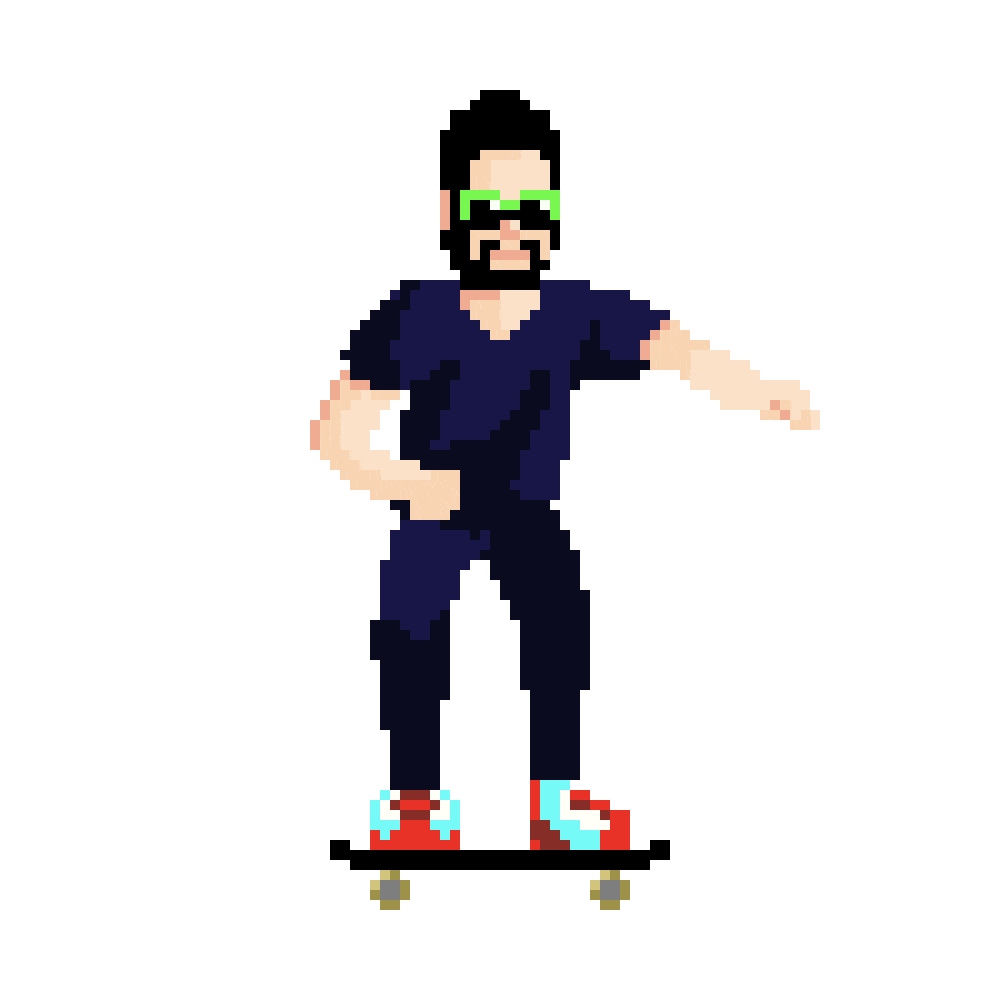
Supporting Treatments and Therapies
Beyond braces and surgery, other therapies can improve outcomes and promote overall facial harmony.
Physical Therapy and Exercises
Physical therapy can assist/improve muscle strength and coordination, especially when the asymmetry is caused by TMJ issues or muscle imbalances. Therapists may recommend exercises for:
- Relaxing the hyperactive jaw muscles.
- Improving posture and alignment.
- Increasing movement and lessening discomfort.
Alternative Interventions
Some people may benefit from alternative therapy, including:
- Myofunctional therapy: used to improve tongue position and swallowing processes.
- Custom nightguards: used to help reduce grinding and protect dental structures.
- Early intervention programs: aimed to address practices that contribute to asymmetry.
These approaches enhance traditional orthodontic care, resulting in improved outcomes.
Dobie Revolution: Consistently Voted CT Magazine’s Top Dentists
Conclusion - What to do Next?
Facial asymmetry is not just a cosmetic issue; it can have a substantial influence on dental health and overall well-being. Identifying asymmetry early and receiving proper orthodontic care can help to avoid issues and promote balanced development. Modern orthodontics, whether using braces, surgery, or supporting therapies, provides excellent ways to restore harmony and function. By addressing these concerns as soon as possible, parents may help their children develop confident smiles and healthy futures. Find an office today!
